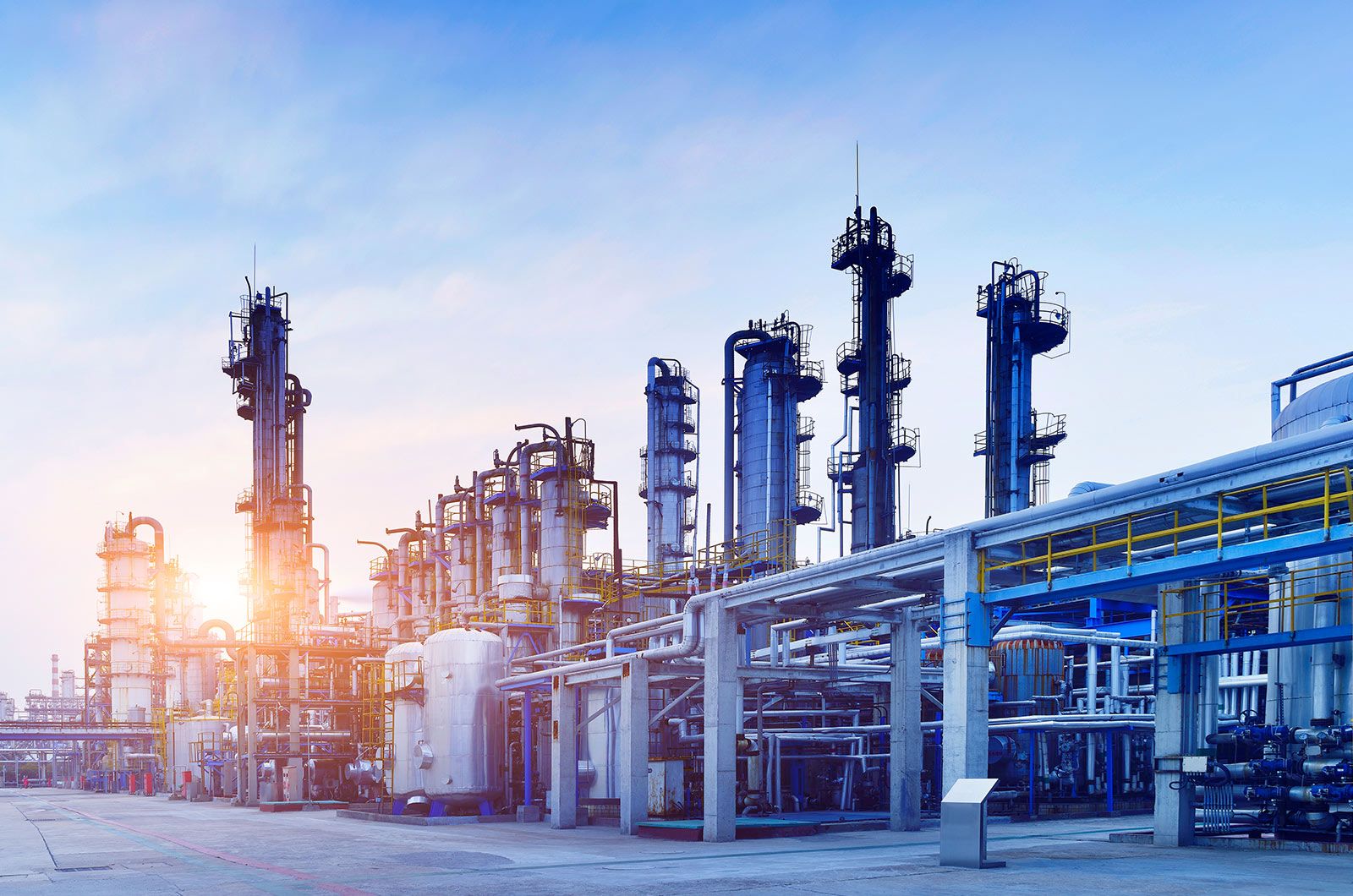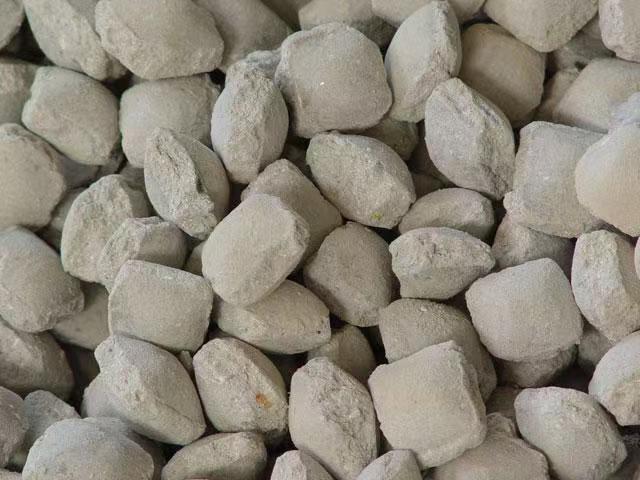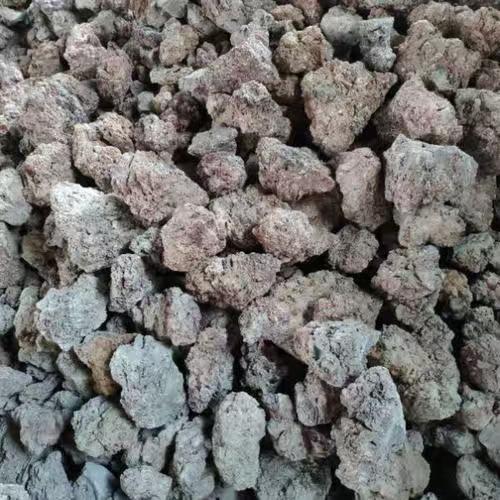What are the differences in performance requirements for refractory materials in different chemical environments?
There are significant differences in the performance requirements of refractory materials in different chemical environments:
1、 Acidic chemical environment
Anti acid erosion ability
In acidic chemical environments, such as roasting furnaces or certain acidic chemical reaction vessels in sulfuric acid production processes, refractory materials must have strong acid resistance and corrosion resistance. The main component of silica bricks in acidic refractory materials, silicon oxide (SiO ₂), is relatively stable in acidic environments. Because SiO ₂ in silica bricks does not easily react chemically with acidic substances, it can effectively resist the erosion of acidic substances such as sulfuric acid (H ₂ SO ₄) and hydrochloric acid (HCl).
Clay bricks are also a type of weakly acidic refractory material, containing a certain proportion of SiO ₂ and Al ₂ O3. In acidic environments, their structure can remain relatively stable and have a certain resistance to acidic slag or acidic media.
chemical stability
Refractory materials in acidic environments need to maintain the stability of their chemical composition and structure through long-term exposure to acidic substances. For example, in a glass melting furnace, although the glass liquid itself is not purely acidic, it contains acidic oxide components. When silicon bricks are used in certain parts of glass melting furnaces, they must not undergo chemical decomposition or excessive loss of components under the erosion of glass liquid to ensure the normal operation and service life of the furnace.
2、 Alkaline chemical environment
Anti alkaline erosion performance
In alkaline chemical environments, such as steelmaking converters, alkaline electric furnaces, and other equipment, refractory materials must be able to resist the erosion of alkaline slag. Magnesia bricks in alkaline refractory materials are mainly composed of magnesium oxide (MgO), which has similar chemical properties to the components in alkaline slag (such as CaO), allowing magnesia bricks to maintain good stability in alkaline environments.
Magnesia carbon bricks are widely used in steelmaking converters. In addition to the magnesium oxide component that resists alkaline erosion, the presence of carbon also helps to improve the overall resistance to alkaline slag erosion. In high-temperature alkaline environments, it can reduce the rate of erosion and ensure the normal use of the converter lining.
Alkaline stability
Alkaline refractory materials should maintain their alkaline characteristics in alkaline environments and not undergo chemical reactions with alkaline substances that are detrimental to their structural stability. For example, in some alkaline smelting processes in non-ferrous metallurgy, the alkaline refractory materials used need to maintain their strength and structural integrity in an environment containing high concentrations of alkaline oxides (such as K ₂ O, Na ₂ O, etc.) to ensure the smooth progress of the smelting process.
3、 Neutral chemical environment
Corrosion resistance to neutral substances
In high-temperature equipment with neutral chemical environments, such as smelting furnaces for certain rare metals, refractory materials need to have good corrosion resistance to neutral substances. Corundum products mainly composed of alumina (Al ₂ O ∝) are typical neutral refractory materials. Corundum products are not easily corroded in neutral environments like acidic refractory materials in alkaline environments, nor do they have problems like alkaline refractory materials in acidic environments, and can maintain good stability.
For some special media or slag that are neither acidic nor alkaline, corundum products can effectively resist their erosion and ensure the normal operation of the furnace body during the smelting process due to their high-purity Al ₂ O3 structure.
Chemical neutrality preservation
Neutral refractory materials need to maintain their chemical neutrality characteristics under various possible chemical interactions. For example, in some high-temperature experimental furnaces, there may be multiple complex chemical substances, but the overall chemical environment is close to neutrality. Neutral refractory materials need to avoid changing their chemical neutrality due to the adsorption or reaction of chemical substances, which may affect their refractory performance and service life.
4、 Oxidative and reducing chemical environments
Oxidative environment
In oxidative environments, such as the nozzle of glass melting furnaces or some high-temperature oxidation reactors, refractory materials need to have good oxidation resistance. For example, in electric fused zirconia alumina bricks, the zirconium element (Zr) and aluminum element (Al) can form a stable oxide protective film under high temperature oxidation environment, preventing oxygen from further corroding the interior of the brick, thereby ensuring the performance and service life of refractory materials under high temperature oxidation environment.
The antioxidant property is also reflected in the fact that the composition of refractory materials does not undergo redox reactions in oxidizing environments, resulting in structural damage or performance degradation. For example, some refractory materials containing low valence metal ions have poor oxidation resistance, and low valence metal ions are easily oxidized in an oxidizing environment, thereby changing the crystal structure and properties of the material.
Reducing environment
In a reducing environment, such as a vertical furnace using direct reduction method for ironmaking, refractory materials should be able to maintain stability in the presence of reducing gases such as hydrogen (H ₂), carbon monoxide (CO), etc. Carbonaceous refractory materials have good performance in reducing environments because carbon itself is not reduced in reducing environments, and other components in carbonaceous refractory materials do not react violently with reducing gases to damage the material structure.
For some refractory materials containing easily reducible elements, it is necessary to avoid changes in material properties caused by element reduction in a reducing environment. For example, some refractory materials containing metal oxides may not be suitable for use in reducing environments if the metal ions in the metal oxides are easily reduced, which may affect the material's refractoriness, strength, and other properties.









Please first Loginlater ~